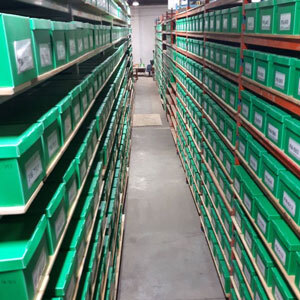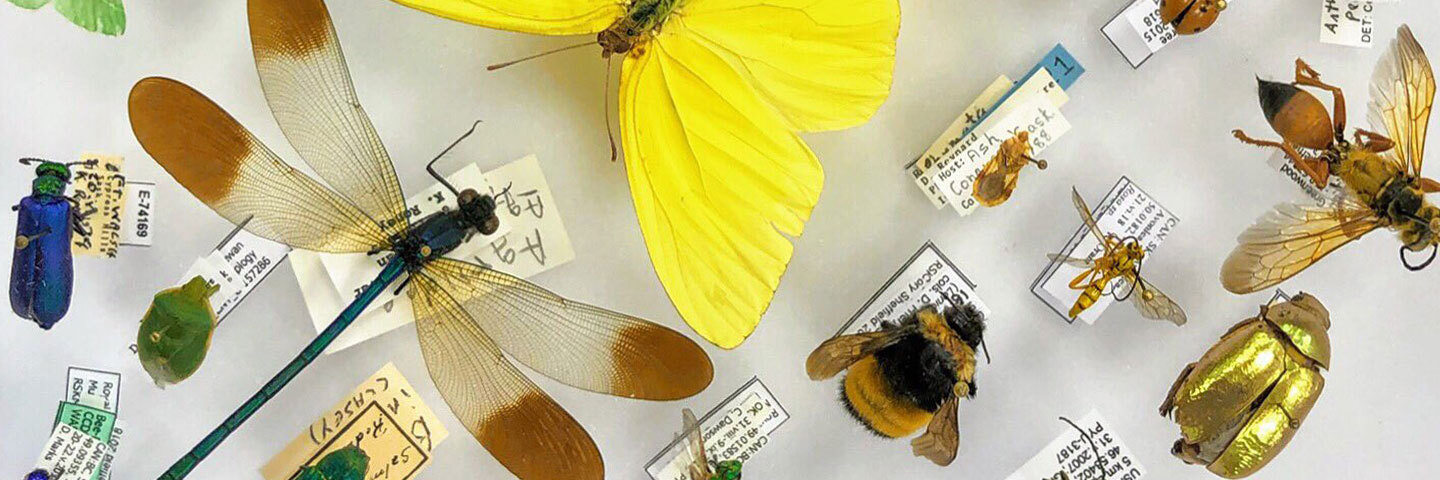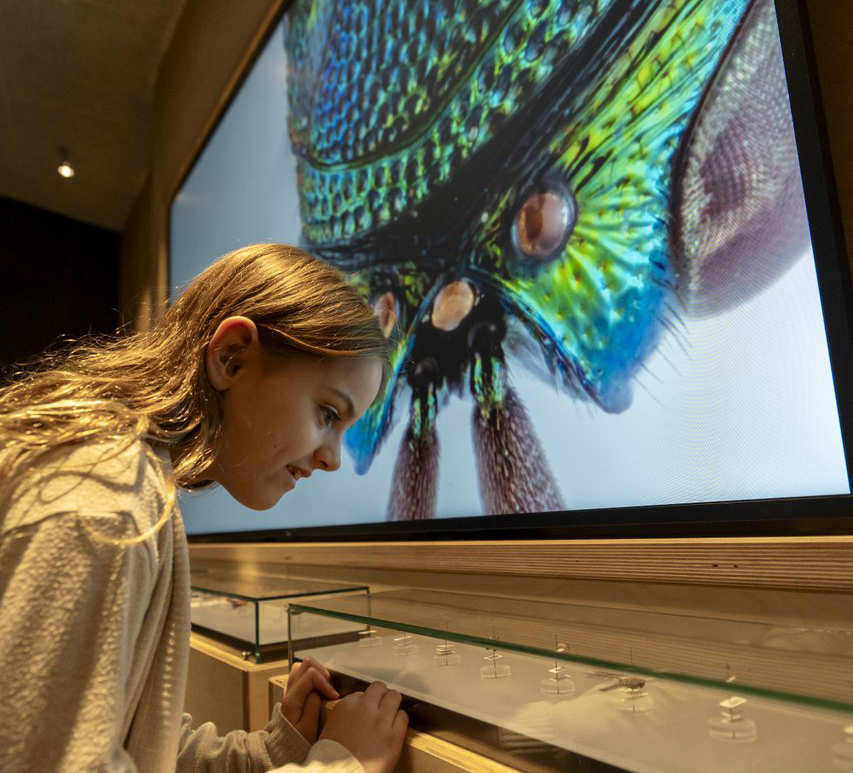Through our research programs we have amassed a scientific and heritage collection* that includes
- 15,100 birds
- 9,500 plants
- 120 fungi
- 91,600 mammals
- 400 fish
- 600 reptiles
- 550,000 insects
- 8,400 arachnids
- 59,000 fossils
- 4,000 Indigenous ethnology artifacts
- 3.6 million archaeological artifacts
 These collections are a part of Saskatchewan's heritage. The specimens help the scientists from around the world make new discoveries and better understand the world around us.
These collections are a part of Saskatchewan's heritage. The specimens help the scientists from around the world make new discoveries and better understand the world around us.
Keeping these objects and specimens in good condition for future generations is the job of the Conservator. The objects in the collection are sensitive to their environment. If the temperature or humidity is too low or too high, the materials can dry out or grow mould. The RSM conservator must monitor and adjust the environment to keep these conditions optimal and stable.
The challenge is to find a comfort zone for both the people and the collections. Temperature and humidity aren't the only concerns of conservators; controlling the environment also involves reducing light levels to minimize light damage, keeping insects away from things like moccasins, blankets, and natural history specimens, decreasing indoor air pollution, and educating the staff and visitors about the effects they may have on the collections when they touch or handle extremely sensitive materials.
*Our collections are digitized but not all are available online. If you have any inquiries regarding our collections, please contact our curators directly.
 Collections Loan Policy
Collections Loan Policy
Under Saskatchewan’s RSM Act and as part of Saskatchewan’s contribution to our understanding and appreciation of natural and human history, the RSM supports and promotes the responsible use of its collections by other organizations.


